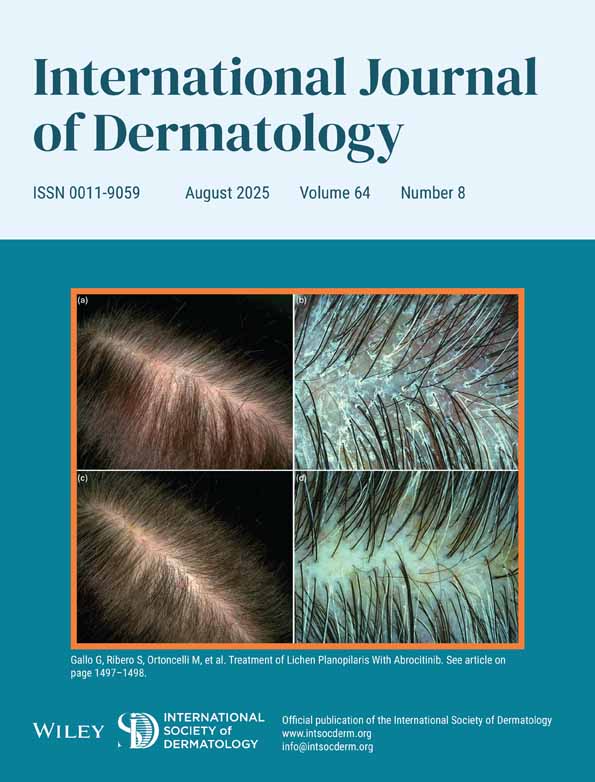CREEPING DISEASE DUE TO LARVA OE SPIRUROID NEMATODA
Abstract
A 31-year-old man visited our hospital in May 1991, com-plaining of an abdominal serpiginous eruption with pruritus (Fig. 1). He had eaten raw “firefly squid” (Watasenia scintil-lans) 2 weeks before the onset of the disease, and the erup-tion had grown to about 30 cm in length in 2 weeks. The laboratory findings included a leukocyte count of 6100/mm3 with 10% eosinophils and a serum IgE level of 134 U/mL (normal < 303 U/mL). The front of the eruption was excised. Seven parasitic sections were observed in the dermis (Fig. 2). The diameter of the sections were about 0.08 mm. The mus-cle layer was of the polymyarian coelomyarian type. In the body cavity of the parasite, there was a glandular part of the esophagus composed of vacuolated cells with many nuclei and a narrow esophageal lumen. Well-developed lateral nerve chords were also visible in these sections. Two of the parasitic sections showed intestine composed of cuboidal cells with a round lumen and lateral nerve chords of both sides touching each other in the center of body cavity.
These findings indicate the characteristics of larval Spiruroidea. The morphologic appearance of the sectioned worm closely resembled the type × larva of the superfamily Spiruroidea of Hasegawa.1




